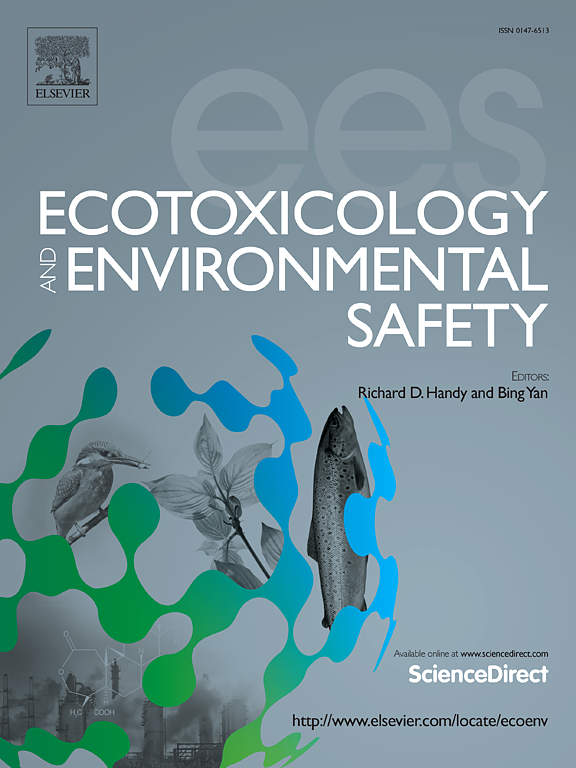Ultrafine particles deposition in human respiratory tract: Experimental measurement and modeling
IF 6.2
2区 环境科学与生态学
Q1 ENVIRONMENTAL SCIENCES
引用次数: 0
Abstract
As part of the environmental contaminants, the ubiquitous ultrafine particles (UFPs) in the atmosphere pose adverse impacts on the environment and human beings. Human respiratory and cardiovascular diseases induced by UFPs strongly depend on their regional and total deposition fraction (TDF) in the respiratory tract. This study investigated the deposition of UFPs in various respiratory tract regions through transient and size-resolved measurement technique. Twenty healthy volunteers (10 males, 10 females) inhaled polydisperse NaCl particles (10–100 nm) under different conditions: breath-holding times (5, 10, and 15 s), inhalation flow rates (200, 400, and 600 L/min), and particle concentrations (0.5 ×105, 1 ×105, 1.5 ×105 particles/cm³). An analysis of variance (ANOVA) was conducted to assess the fit and significance of the design of experiments (DoE) model. This analysis evaluated the significance of individual parameters as well as their interactive effects on the TDF. The results show that the mean TDF under all test conditions was slightly lower in females (0.910 ± 0.0021) than in males (0.921 ± 0.0023). The air exhaled at the end of the breath from the deep alveolar region contained fewer UFPs than that from the conducting region, as it resided longer in the respiratory tract. Moreover, the results revealed that men are more sensitive to changes in the influencing factors (e.g., particle size, inhalation flow rate, breath-holding time, and particle concentration) than women. This study reveals the dynamics of UFPs deposition across different regions of the human respiratory tract, emphasizing sex-specific differences and key influencing factors. These findings provide valuable insights for developing targeted public health strategies, respiratory care approaches, and improved air quality regulations, with implications for environmental safety and occupational health.
求助全文
约1分钟内获得全文
求助全文
来源期刊
CiteScore
12.10
自引率
5.90%
发文量
1234
审稿时长
88 days
期刊介绍:
Ecotoxicology and Environmental Safety is a multi-disciplinary journal that focuses on understanding the exposure and effects of environmental contamination on organisms including human health. The scope of the journal covers three main themes. The topics within these themes, indicated below, include (but are not limited to) the following: Ecotoxicology、Environmental Chemistry、Environmental Safety etc.

 求助内容:
求助内容: 应助结果提醒方式:
应助结果提醒方式:


